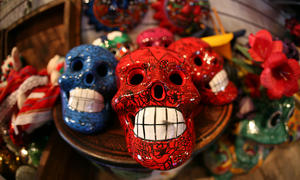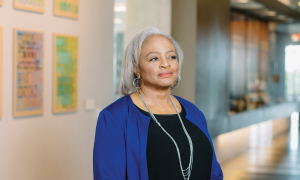The Teaching Tolerance team had a confab earlier this week to plan ahead. Looking at a 2011 calendar, Sean Price, Teaching Tolerance’s managing editor, reminded me that the 150th anniversary of the start of the Civil War was fast approaching. Did we want to do something? My first response? Frankly, no. As a former U.S. history teacher, I suspected that the next four years will present an unending opportunity mainly for military history buffs to strut their stuff. We would, I suggested to Sean, better serve teachers by focusing on the themes that spoke to racial justice.

